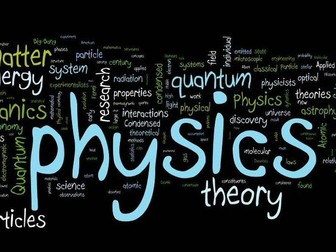
Prokaryotic and Eukaryotic Cells
This lesson is suitable for the AQA GCSE Biology and AQA Combined Science: Trilogy course looking at, and comparing, the organelles within Prokaryotic and Eukaryotic cells .
When using the resource:
‘Knowledge Checks’ should be completed on Mini White Boards.
The re-teach slide is there in case it is needed from the ‘Knowledge Check’ - hence, can be skipped over if not needed.
Check for Understanding questions should be completed on Mini White Boards.
Independent Practice questions should be completed in students’ exercise books - with students working silently and independently.
